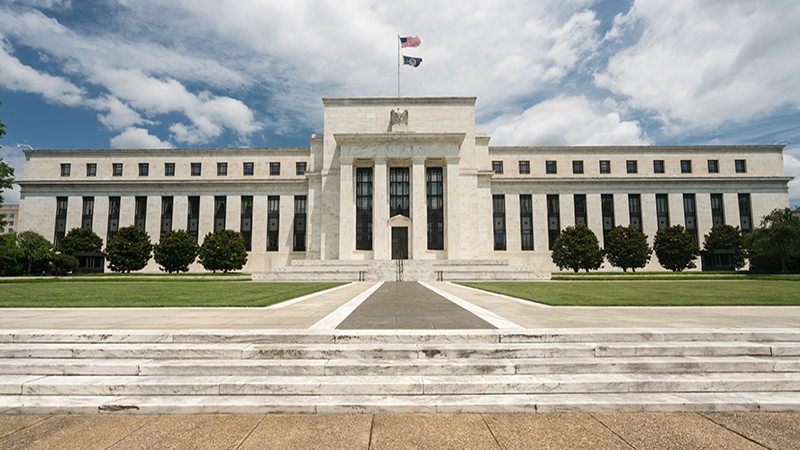US inflation edged down to an annual rate of 6.4% in January, according to data from the Bureau of Labor Statistics, continuing its slide from June’s peak of 9.1%.
The consumer price index (CPI) fell from 6.5% in December, and though this is the seventh consecutive month in which CPI has dropped, January’s figure remains well above the Federal Reserve’s target of 2%. Core CPI, which excludes food and energy, fell to an annual rate of 5.6%, down from 5.7% in December.
IG Group’s chief market analyst Chris Beauchamp called the figures “resolutely sticky”, an opinion broadly shared by industry commentators.
Neil Birrell, Premier Miton’s CIO, identified that changes to the CPI calculation methodology, notably the increased emphasis on the housing sector, will have had some impact on the published number, but he said it could not hide that the year-on-year figures were not looking good.
“Core inflation is higher than expected and we may have seen a pause in the improvement that we have been hoping for. The outlook remains clouded by the uncertainty over inflation and resultant policy action. This might have all been priced in the short term, but it’s the longer term that should be the concern,” he said.
Diving into the components of the CPI figure, eToro’s Callie Cox said: “Services inflation is still fiery hot, and that’s the kind of inflation the Fed is trying to get under control. It’s not just rent, either – services prices outside of rent still rose 7%, year over year. That’s way too high.
“On the bright side, goods prices keep coming down, which show that supply chains continue to heal and rate hikes are working their way through the economy.”
What next for the Fed?
Fed chair Jerome Powell said that while recent developments are encouraging, substantially more evidence is required to be confident that inflation is on a sustained path.
Clearly the Fed’s work is not yet done, and managing director of Charles Schwab UK, Richard Flynn, expects the tightening cycle to continue, if only by 25bps.
Edward Park, CIO of Brooks Macdonald, agreed that the fight against inflation is ongoing, and said it will likely delay expectations of a dovish Fed pivot in the second half of this year. “The Fed has emphasised the importance of wage growth inflation and labour market for monetary policy, and today’s wage inflation numbers will support those in the central bank that advocate for tighter monetary policy.”
Marcus Brookes, CIO of Quilter Investors, agreed that rate cuts should not be taken as a given later in the year, emphasising that the Fed will be determined not to take its foot off the gas too early. He warned: “With inflation falling, but at a much more gradual pace than on the way up, the opportunity for policy misstep is greater.”
The Fed may well be pulling off a soft landing, but Brookes reminded investors that patience and diversification is a must, and that it is far too early to declare victory yet.










